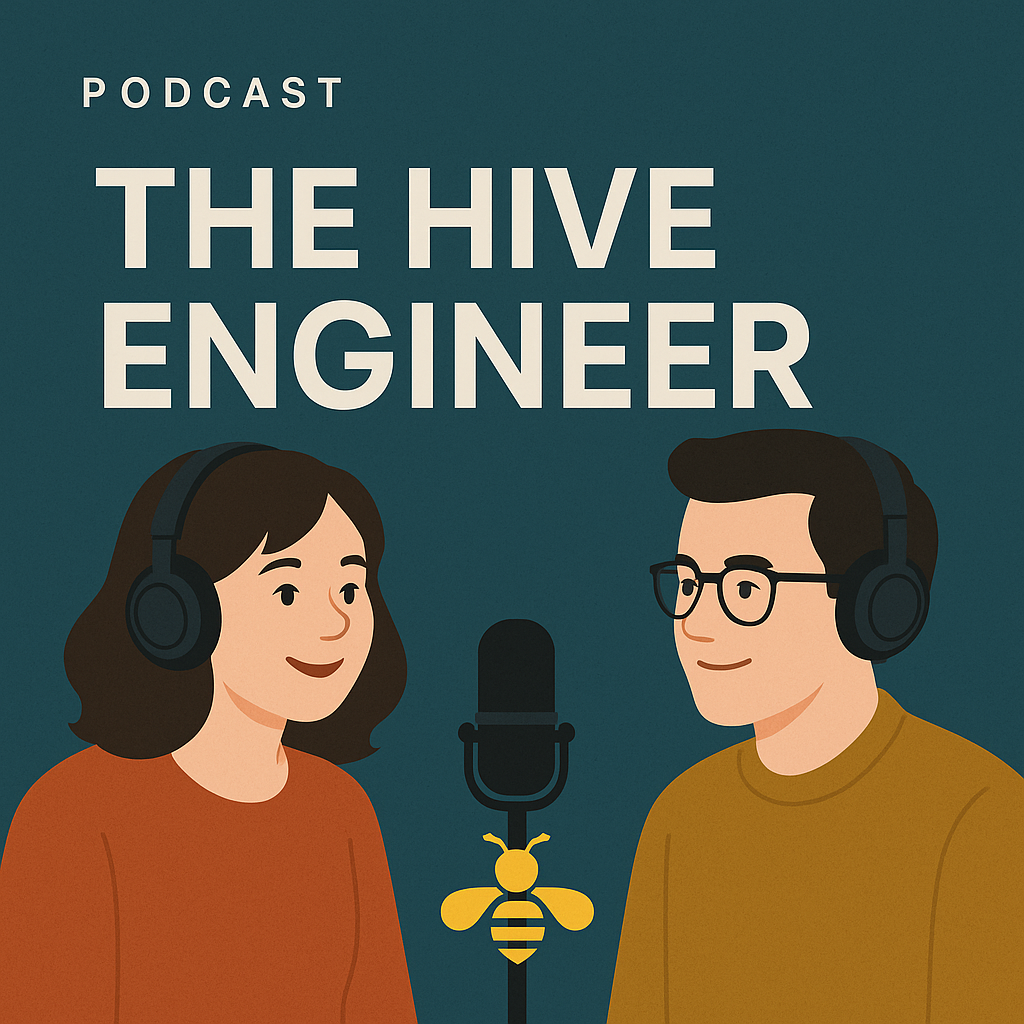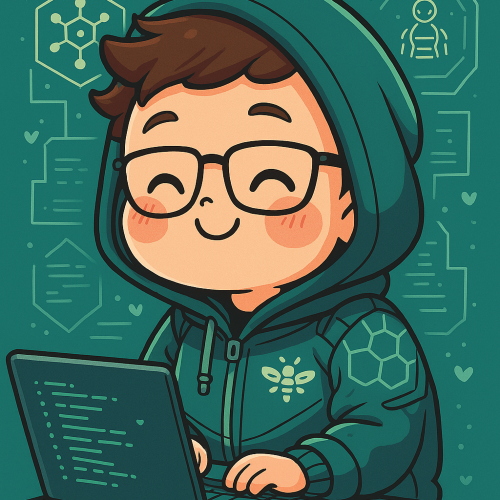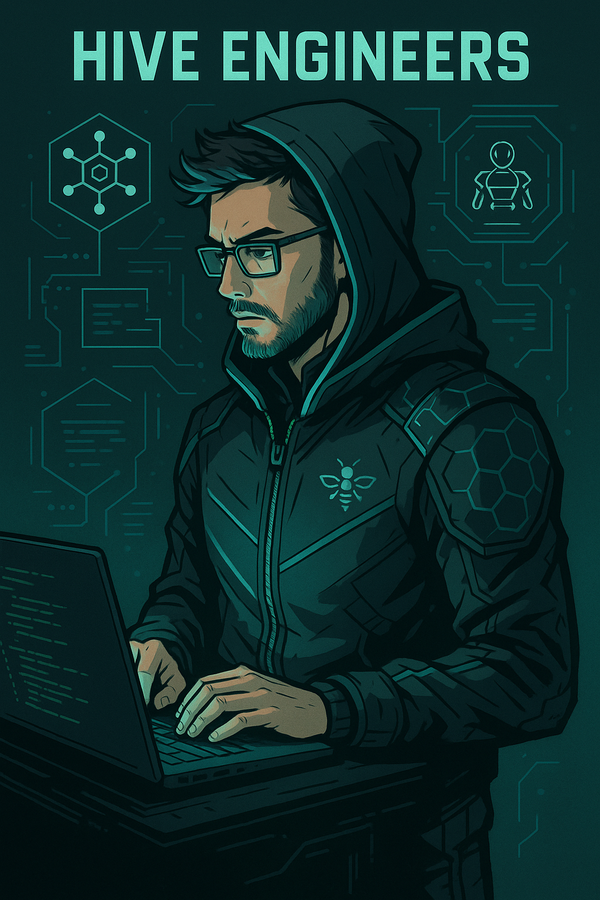
I’ve been in tech for over 8 years.
Back in university, building software meant writing every single line of code from scratch. No AI copilots. No self-healing infrastructure. No GitHub PRs magically drafted by bots. Just you, your laptop, and the familiar glow of Stack Overflow at 2AM.
We debugged through trial and error. We shipped through sheer persistence.
But that era? It’s behind us now.
The Quiet Revolution

Today, engineering feels more like magic:
- Copilot writes your boilerplate.
- Sourcery reviews pull requests, flags bugs, and suggests cleaner code, directly in your IDE or CI.
- Sentry + CodeRabbit catch errors in production and generate PRs to fix them.
- Claude and OpenDevin handle triage, CLI tasks, and even multi-step dev workflows.
- GitHub Actions auto-build, test, and deploy your app on every push.
- Cursor turns your codebase into an AI assistant that explains and edits your code in context.
Suddenly, the "how" of coding isn't the point anymore. It's all about the what and the why.
Initially, this just seemed like convenience. But then I realized: it was a revolution in disguise.
The Rise of Vibe Coding

Software development is shifting.
It’s no longer about writing every line by hand, it’s about defining intent and letting AI do the heavy lifting. This evolution, often called “vibe coding,” reflects a move from low-level implementation to high-level orchestration.
It’s not about doing less.
It’s about doing things differently.
Instead of getting stuck in boilerplate or config files, engineers now guide intelligent systems toward outcomes. The tedious “administrative coding” that once drained time and energy is fading, replaced by faster iteration, more creativity, and space to focus on what really matters.
Agentic Development in Action

AI agents are no longer just helpers, they follow real engineering principles like SOLID, DRY, and TDD. With lightweight instruction files, like a claude.md or structured config , you define the architecture, rules, and constraints, and they execute. They refactor code, build services, write and run tests, and enforce structure. Sub-agents behave like microservices: focused, autonomous, and connected. They deploy code, patch bugs, monitor health, surface insights, and handle auth, all in sync. You’re no longer coding every detail. You’re designing the system, and the agents do the rest.
Here’s a tighter, evidence-backed version highlighting where AI falls short today:
But Here's the Critical Blind Spot

Despite AI’s strengths, it operates solely on predefined logic and structured data. It lacks the nuanced ability to:
- Accurately evaluate the cascading impacts of technical decisions
- Prioritize tasks dynamically based on rapidly changing business contexts
- Identify subtle interactions between different system components that lead to broader system failures
AI is a tool of precision, not intuition. This lack of holistic system understanding and adaptive reasoning is where risk truly lies.
The Hive Engineer
Looking at these challenges, I realized we're missing something essential, a role I now call the Hive Engineer.
A Hive Engineer is a human orchestration layer, strategically guiding and managing intelligent AI agents across complex systems. This new role blends deep technical insight with human judgment and proactive oversight.
Hive Engineers:
- Systematically evaluate entire systems to manage complex interactions and cascading effects
- Dynamically prioritize agent tasks based on evolving business and technical contexts
- Proactively identify and mitigate subtle risks and interdependencies within the architecture
- Design resilient, adaptable, and context-aware systems
Hive Engineers don't just optimize code, they orchestrate intelligent ecosystems, ensuring technical solutions align with strategic goals and real-world complexities.
Hive Engineer: The Role Defined

Hive Engineers:
- Manage and orchestrate multiple AI agents within complex systems
- Define clear rules and boundaries for agent operations
- critical human judgment and emotional intelligence
- Scale teams efficiently by leveraging agent autonomy
- Ensure technical decisions align with business goals and context
One Hive Engineer can effectively manage an entire "hive" of AI agents, delivering the results previously requiring a team of ten, with greater efficiency and reduced burnout.
Getting Started as a Hive Engineer
Whether you're a seasoned developer or new to the field, Hive Engineering is within your reach. Here’s how you can get started:
- Strengthen foundational knowledge in software development.
- Cultivate systems thinking through architecture exercises.
- Begin exploring AI orchestration, prompt engineering, and LLM basics.
- Gain familiarity with DevOps practices, security principles, and observability.
Ready to take the next step? Dive deeper into Hive Engineering here → (Coming soon)
The Hive Engineer Isn’t a Buzzword
It’s real. It’s critical. It’s here.
Stop fearing replacement. Start orchestrating the replacement.
Welcome to the Hive. 🐝


